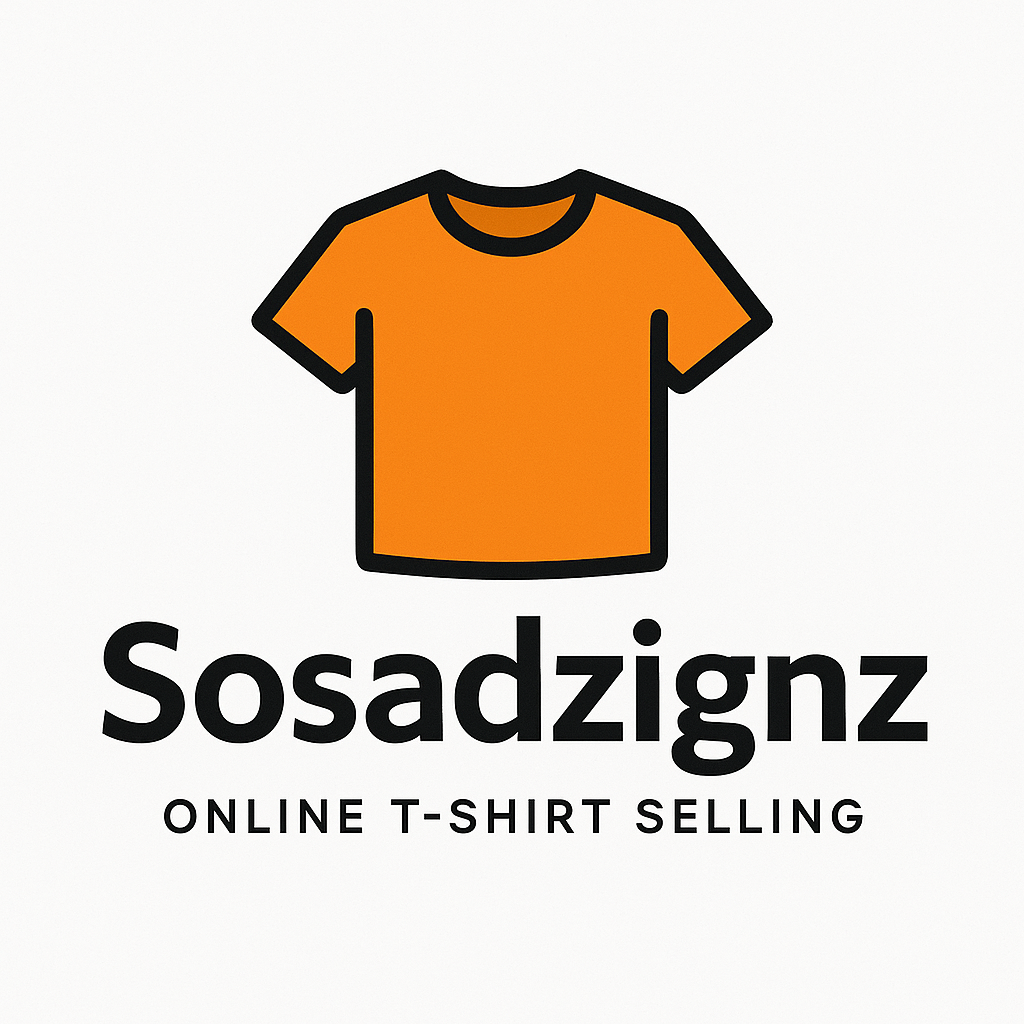Blog
In the fast-evolving B2B landscape, generating high-quality leads is critical for sustained growth. As we approach 2025, businesses must adapt to new technologies, shifting buyer behaviors, and competitive markets. This article explores effective B2B lead generation tactics that will help you attract, engage, and convert prospects into loyal clients. From leveraging AI-powered tools to mastering account-based marketing, these strategies are designed to optimize your B2B lead generation efforts.

Why B2B Lead Generation Matters in 2025
B2B lead generation is the process of identifying and attracting potential customers for your products or services. Unlike B2C, B2B sales cycles are longer, involve multiple stakeholders, and require personalized approaches. Effective lead generation for B2B companies ensures a steady pipeline of qualified prospects, driving revenue and fostering long-term relationships.
In 2025, trends like AI automation, data-driven marketing, and hybrid buying experiences are reshaping B2B lead generation strategies. By staying ahead of these trends, businesses can improve efficiency, reduce costs, and achieve higher conversion rates.
Top B2B Lead Generation Tactics for 2025
Here are the most effective B2B lead generation tactics to implement in 2025, optimized for success in today’s digital-first world.
1. Leverage AI-Powered Lead Generation Tools
AI is revolutionizing B2B lead generation by automating repetitive tasks and delivering personalized experiences. AI-powered B2B lead generation tools can analyze vast datasets to identify high-potential prospects, score leads, and predict buying behavior.
- How to Implement: Use platforms like HubSpot, Salesforce, or Gong to automate lead scoring and segmentation. Integrate chatbots on your website to engage visitors in real-time, capturing leads 24/7.
- Why It Works: AI reduces manual effort, improves lead quality, and enables hyper-targeted campaigns.
2. Master Account-Based Marketing (ABM)
Account-based marketing for lead generation focuses on targeting high-value accounts with personalized campaigns. ABM aligns sales and marketing teams to deliver tailored content and experiences to key decision-makers.
- How to Implement: Identify target accounts using firmographic data (e.g., company size, industry). Create customized content, such as whitepapers or webinars, and use LinkedIn Ads to reach specific roles within those accounts.
- Why It Works: ABM increases conversion rates by focusing on accounts with the highest revenue potential.
3. Optimize Content Marketing for Lead Capture
B2B content marketing for leads remains a cornerstone of successful lead generation. High-quality, gated content like eBooks, case studies, and industry reports can attract prospects and capture their contact information.
- How to Implement: Publish blog posts optimized for keywords like “how to generate B2B leads.” Promote gated content through landing pages with clear calls-to-action (CTAs). Use tools like Marketo to track engagement and nurture leads.
- Why It Works: Content establishes authority, educates prospects, and builds trust, encouraging them to share their details.

4. Use LinkedIn for Targeted Outreach
LinkedIn is a goldmine for B2B lead generation, offering access to millions of professionals and decision-makers. How to use LinkedIn for B2B lead generation involves leveraging its advertising, content, and networking features.
- How to Implement: Run LinkedIn InMail campaigns targeting specific job titles or industries. Share thought leadership posts and engage with prospects’ content to build relationships. Use LinkedIn Sales Navigator for advanced lead filtering.
- Why It Works: LinkedIn’s precise targeting ensures your message reaches the right audience, increasing response rates.
SEO Tip: Incorporate “B2B lead generation on LinkedIn” in alt text for images or infographics to enhance visibility.
5. Implement Lead Nurturing with Email Marketing
Lead nurturing for B2B is essential to guide prospects through the sales funnel. B2B email marketing for lead generation allows you to deliver personalized, timely messages that keep your brand top-of-mind.
- How to Implement: Segment your email list based on behavior, industry, or lead score. Send drip campaigns with relevant content, such as product demos or success stories. Use tools like Mailchimp or ActiveCampaign to automate workflows.
- Why It Works: Email nurturing builds trust and keeps prospects engaged until they’re ready to buy.
6. Invest in Paid Advertising for Quick Wins
Paid ads on platforms like Google Ads, LinkedIn, or programmatic networks can accelerate lead generation for B2B companies. These campaigns target specific keywords, industries, or job roles to drive immediate traffic.
- How to Implement: Create search ads for keywords like “B2B lead generation services” or retarget website visitors with display ads. Test different ad formats, such as video or carousel ads, to boost engagement.
- Why It Works: Paid ads deliver fast results, complementing organic efforts and filling your pipeline.
7. Host Webinars and Virtual Events
Webinars and virtual events are powerful for generating high-quality B2B leads. They allow you to showcase expertise, engage prospects, and collect contact information during registration.
- How to Implement: Partner with industry influencers to co-host webinars on trending topics. Promote events through email, social media, and paid ads. Use platforms like Zoom or ON24 to manage registrations and follow-ups.
- Why It Works: Webinars attract motivated prospects who are actively seeking solutions, making them easier to convert.
Measuring Success in B2B Lead Generation
To ensure your B2B lead generation strategies are effective, track key performance indicators (KPIs) such as:
- Lead Volume: Number of leads generated per campaign.
- Lead Quality: Percentage of leads that convert to opportunities.
- Cost Per Lead (CPL): Total campaign cost divided by the number of leads.
- Conversion Rate: Percentage of leads that become customers.
Use tools like Google Analytics, CRM platforms, or marketing automation software to monitor these metrics and refine your approach.
Future of B2B Lead Generation in 2025
As B2B lead generation trends evolve, staying agile is key. Emerging technologies like predictive analytics, hyper-personalization, and zero-party data will shape the future. By adopting these B2B lead generation tactics and staying informed about industry shifts, you can build a robust pipeline that drives growth.
Conclusion
Effective B2B lead generation tactics for 2025 combine cutting-edge technology, personalized strategies, and data-driven insights. Whether you’re leveraging AI-powered B2B lead generation tools, mastering account-based marketing, or optimizing B2B content marketing for leads, these approaches will help you attract and convert high-value prospects. Start implementing these strategies today to stay ahead in the competitive B2B market.
Ready to supercharge your B2B lead generation? Contact us for tailored solutions or explore our B2B lead generation services to get started.



